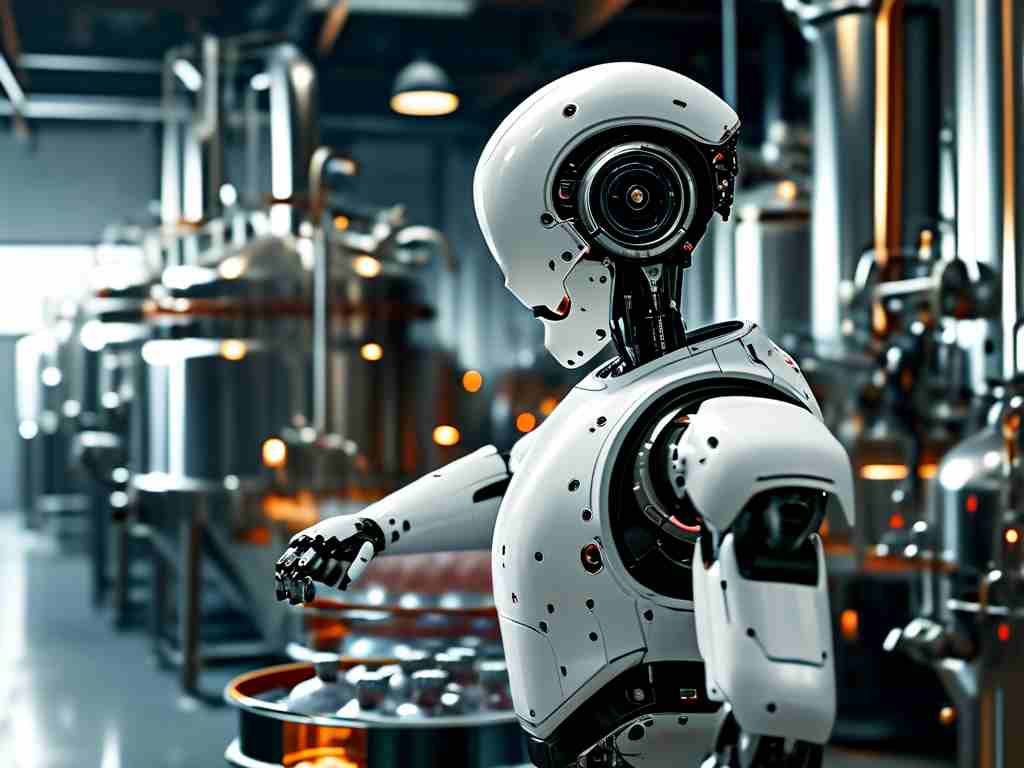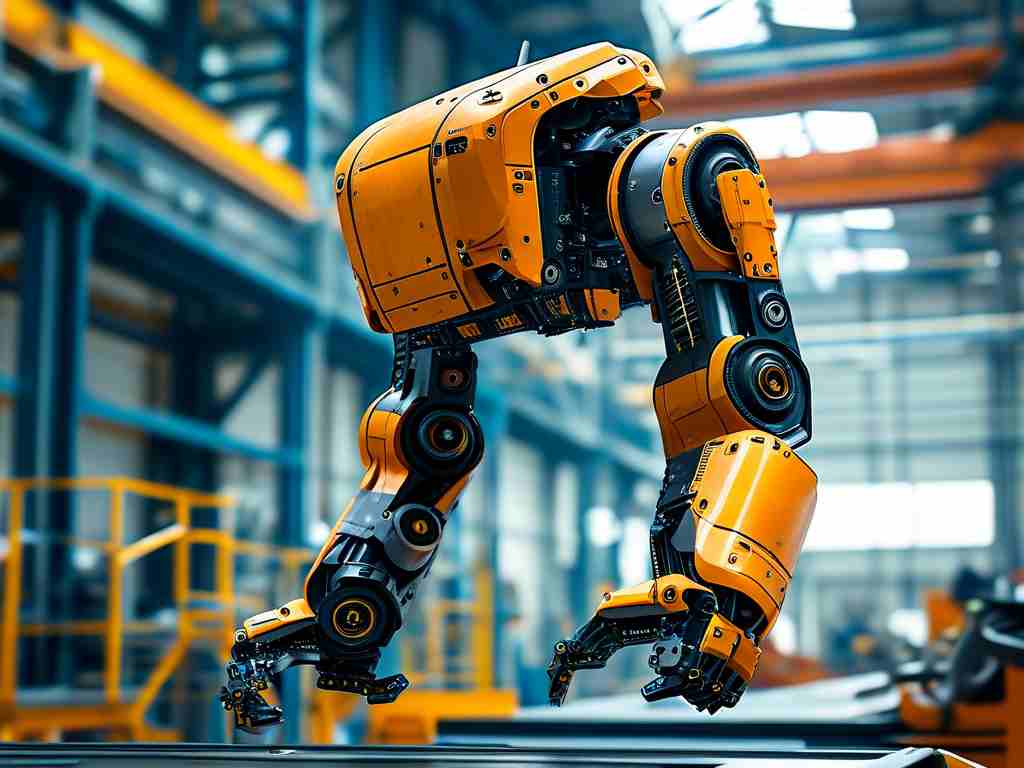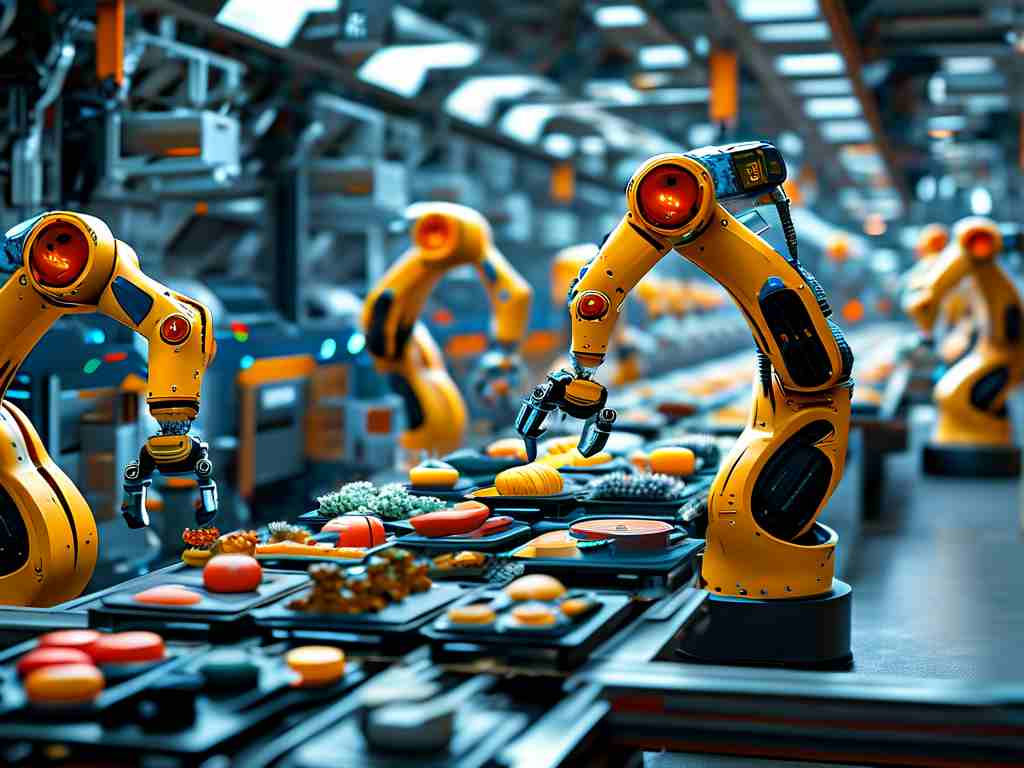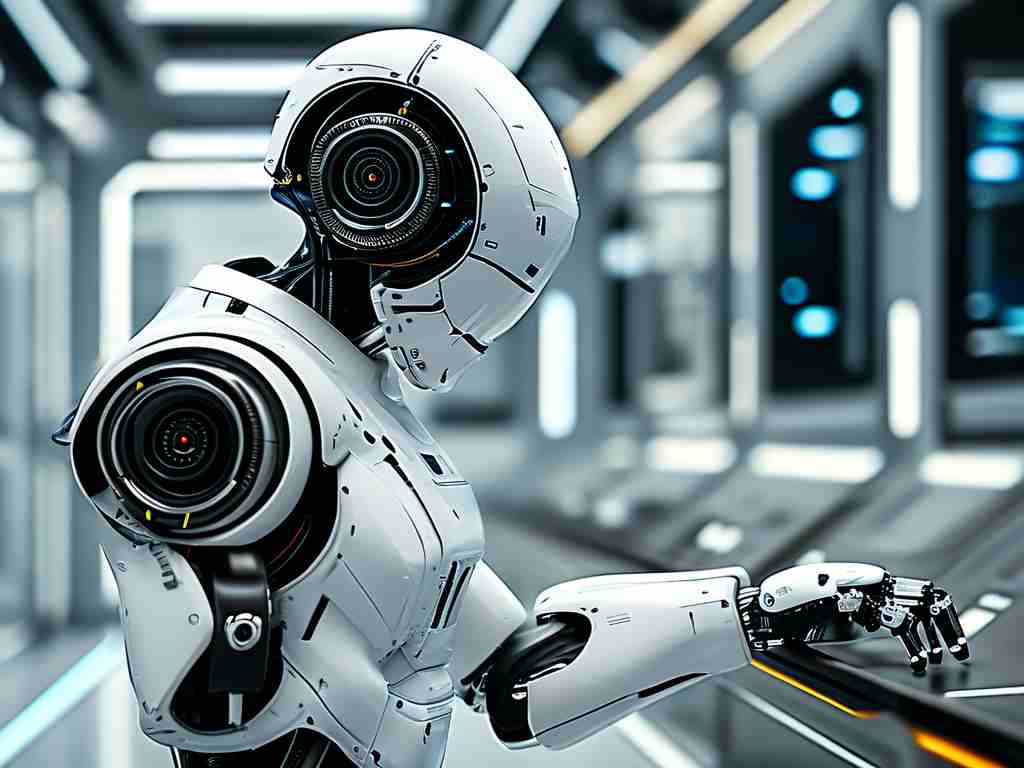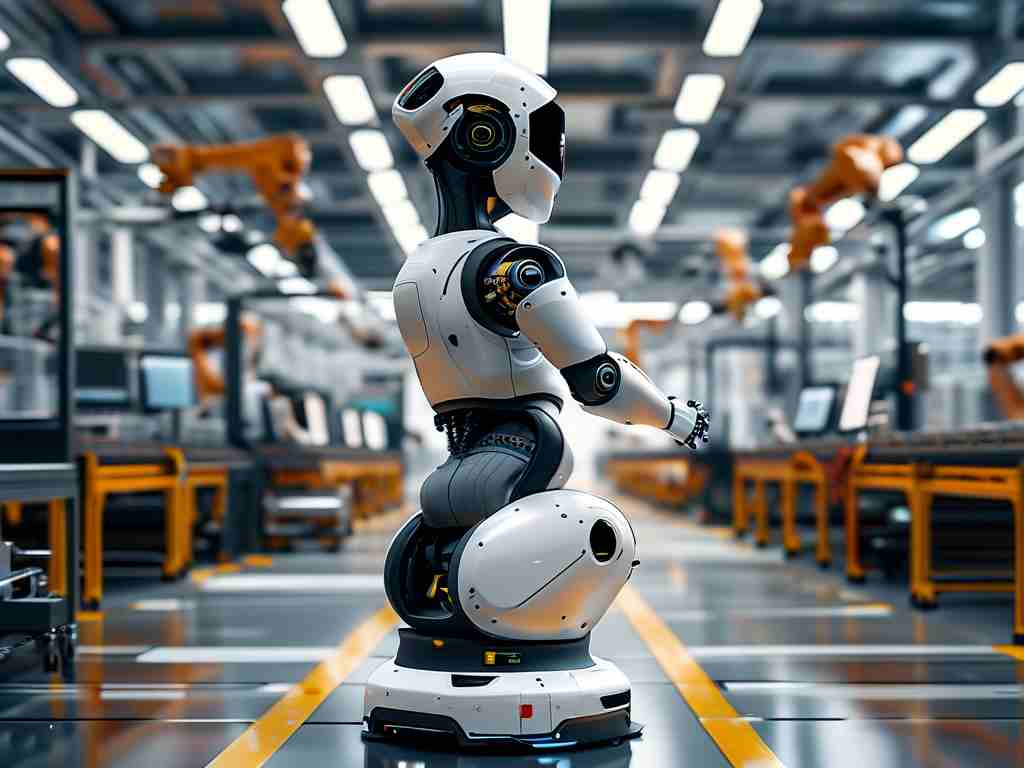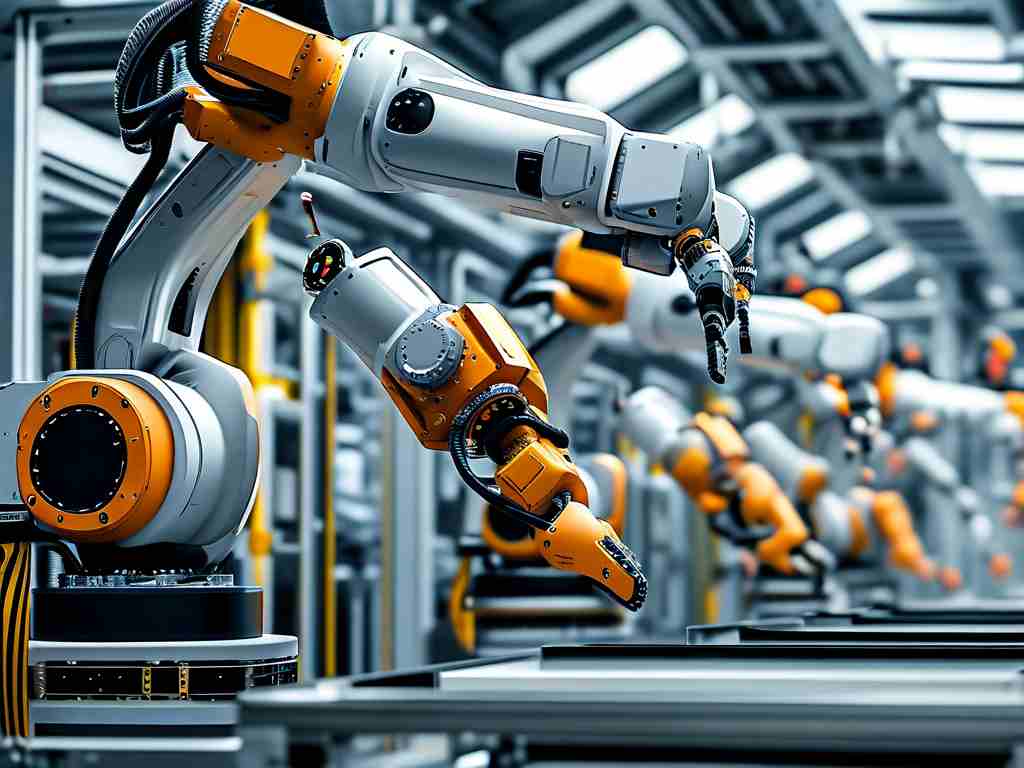Grape farming has long relied on human expertise for tasks like harvesting and disease detection, but recent innovations in robotics are revolutionizing this field. Grape robot recognition technology integrates artificial intelligence and computer vision to identify grape clusters, assess ripeness, and detect pests with unprecedented accuracy. This breakthrough is transforming vineyards worldwide, offering sustainable solutions to labor shortages and climate challenges.
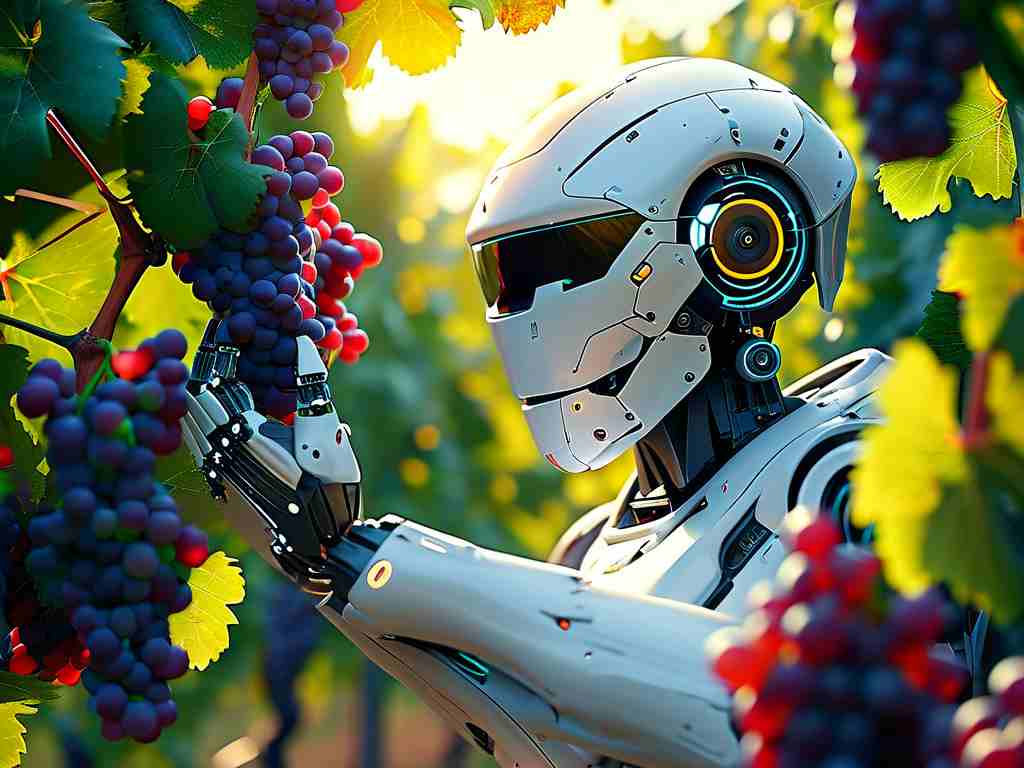
At its core, grape robot recognition relies on advanced sensors and algorithms. For instance, autonomous robots equipped with high-resolution cameras capture real-time images of grapevines. These images are processed through deep learning models trained on vast datasets of grape varieties. A key component is the YOLO (You Only Look Once) algorithm, which enables rapid object detection. Here's a simplified code snippet illustrating how it works in Python:
import cv2
import numpy as np
from ultralytics import YOLO
model = YOLO('yolov8n.pt')
results = model.predict('grape_image.jpg', conf=0.5)
for result in results:
boxes = result.boxes.xyxy
for box in boxes:
x1, y1, x2, y2 = box
cv2.rectangle(img, (x1, y1), (x2, y2), (0, 255, 0), 2)
This code detects grape clusters by drawing bounding boxes around them, allowing robots to pinpoint targets efficiently. Beyond detection, the technology uses spectral analysis to evaluate sugar content and disease indicators, such as powdery mildew, by analyzing light reflections. Farmers report that these systems reduce manual inspection time by over 70%, leading to higher yields and lower costs.
The practical applications are vast. In regions like California's Napa Valley, robotic units navigate rows autonomously, using LiDAR for obstacle avoidance while collecting data. This data feeds into predictive models that forecast harvest times, optimizing supply chains. Moreover, the technology supports precision agriculture, where targeted interventions minimize pesticide use. For example, a robot might identify infected grapes and apply treatment only to affected areas, preserving ecosystem health. Environmental benefits are significant, as reduced chemical runoff protects soil and water resources.
However, challenges persist. Variability in grape colors due to sunlight or weather can confuse algorithms, requiring constant model retraining. Real-world tests show error rates of 5-10% in dense vineyards, highlighting the need for human oversight. Cost is another barrier; initial setups can exceed $50,000, making adoption slow for small-scale growers. Despite this, partnerships with tech firms are driving down expenses, and open-source platforms are emerging to democratize access.
Looking ahead, the future of grape robot recognition is bright. Integration with IoT devices allows for real-time monitoring via cloud platforms, enabling remote farm management. Innovations like swarm robotics could see fleets of small drones collaborating for large-scale surveys. Ethically, this shift raises questions about job displacement, but many argue it creates high-tech roles in maintenance and data analysis. As climate change intensifies, such technologies will be crucial for resilient agriculture.
In , grape robot recognition technology represents a leap forward in sustainable farming. By automating tedious tasks, it empowers growers to focus on quality and innovation. As research advances, we can expect even smarter systems that adapt to diverse environments, ultimately ensuring a stable grape supply for generations to come. This evolution underscores the harmony between technology and nature, paving the way for a greener agricultural revolution.



